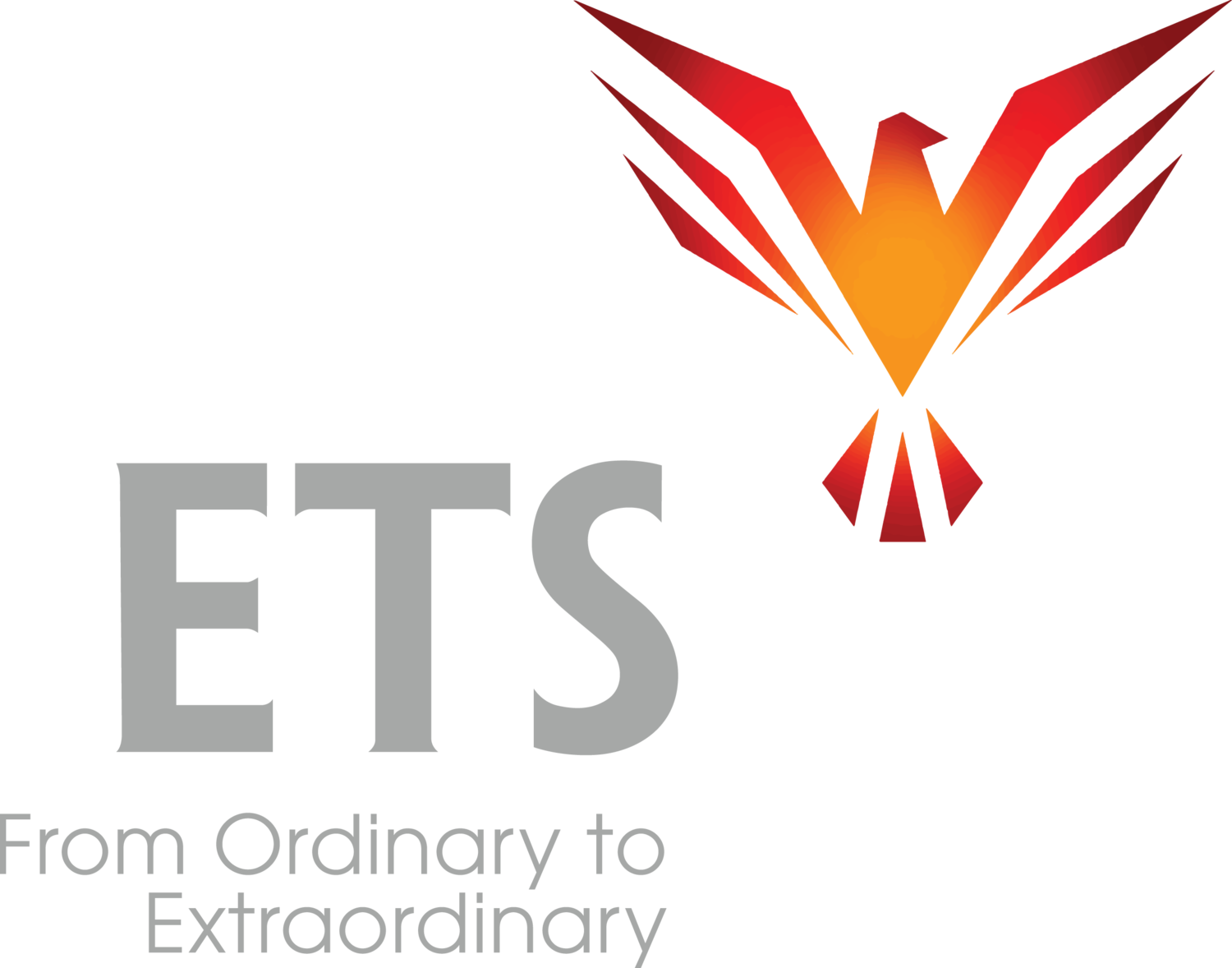I said, “Here, watch me.” And then I took George’s slide and presented it exactly the way he was doing it.
I asked, “What do you think about that?”
George, “It’s really awful.”
I said, “Now watch this.”
I presented using the exact same words, but differently this time.
Me: “What did you think about that?”
George: “The words were the same but that was really different. That was amazing!”
Me: “What did I change?”
George: “Everything! Your body language, your tone of voice, you were leaning in, you sounded more passionate, your hand gestures, your eye contact. You were compelling, you were engaging. It was impactful, the first one didn’t feel like it had much meaning.”
George was right. All of that did change. But it’s not a helpful analysis.
Now, this is an important point. What if I were coaching you and I gave you this instruction: “Please change your tone of voice, your body language, lean in, sound more passionate, be more compelling and more engaging. Really create an impact.”
If I gave you that instruction, would you have any idea what to do?
No. It would be bad coaching.
I told George I only changed ONE thing. Only one. Everything that George observed were byproducts of the one thing I changed.
Most people are busy chasing the byproducts and completely miss the one thing that creates a million wonderful byproducts.
I asked, “Do you have any idea what that one thing was that I changed?”
George said, “I have no idea. You were more passionate?”
I said, “No. I started talking to you instead of at you”.
Most people have no clue what that means. These two words – at and to - are important words when it comes to giving presentations and, truly, to any communication. They’re worthy of a book. I’m going to give you a simplified explanation.
It comes down to awareness. When you are NOT aware of the person(s) you’re talking to as you’re speaking, you can’t help but talk at them. When you are FULLY aware of them as you speak, you naturally talk to them. It happens organically. It’s very natural to you.
Awareness is simply what are you aware of? Most people are caught up in WHAT they’re saying. They’re very focused and aware of that.
However, they’re only DIMLY aware there’s a person or persons actually there receiving their communication. They’re not in a state of FULL awareness or consciousness of them.
Simple exercise you can do right now:
Look around you and find some object near you and look at it.
Now keep looking at it and become even become even more aware of it. Really notice it. Notice the details.
Now increase your awareness even further and become super aware of it. Increase your awareness until you become aware only of that object and everything else is tuned out, you are just completely aware only of that object.
Notice the different degrees of your awareness each time?
What you have done is you have increased the amount of attention you’ve put on that object. Attention and awareness are inextricably linked.
When most people give presentations they have limited awareness of the persons they’re talking to. They only give a little bit of attention to them, a little bit of awareness, enough to not run into them, but not sufficient to have an impact.
These changes in your awareness of the persons you are talking to create a completely different experience for your audience.
When you are SUPER aware of them, they suddenly sit up straight, pay attention to you, and connect with you. You’ve heard of “connecting with your audience”, right? They connect.
This is especially true when you’re virtual.
Another funny thing happens when you really become aware of the persons you’re talking to – whether it’s 1 or 1,000 – when you take your attention and awareness off yourself and your material and become very aware of them – this is what happens. Everything about you changes. Your body language, your voice tone, how you lean in, how you talk to them, everything. Try it and see. You can try it even if you’re only talking to 1 person. Feel the difference in you. And in their response to you.
It takes a little practice to master this and that’s where coaching can help. Learning how to talk, master slides and be very sensitive, tuned in and aware of your audience all at the same time requires practice. But a little bit of practice goes a long way and because George is highly motivated to be awesome, he quickly got the hang of it.
I watched George’s most recent presentation after he changed this one thing, when he started talking to people instead of at them. I watched his audience. They were leaning in, smiling, nodding, totally engaged. They loved him. It was magic.
George is breaking the charisma barrier. Much more fun on the other side.
Be the cause!

